In today’s rapidly evolving communication and network infrastructure sector, fiber optic cable drilling has become a critical technology for underground pipeline installation. Horizontal Directional Drilling (HDD), with its efficiency, precision, and trenchless advantages, is the preferred method for fiber optic cable drilling. This article explores the applications, technical benefits, and industry trends of HDD in fiber optic cable drilling.
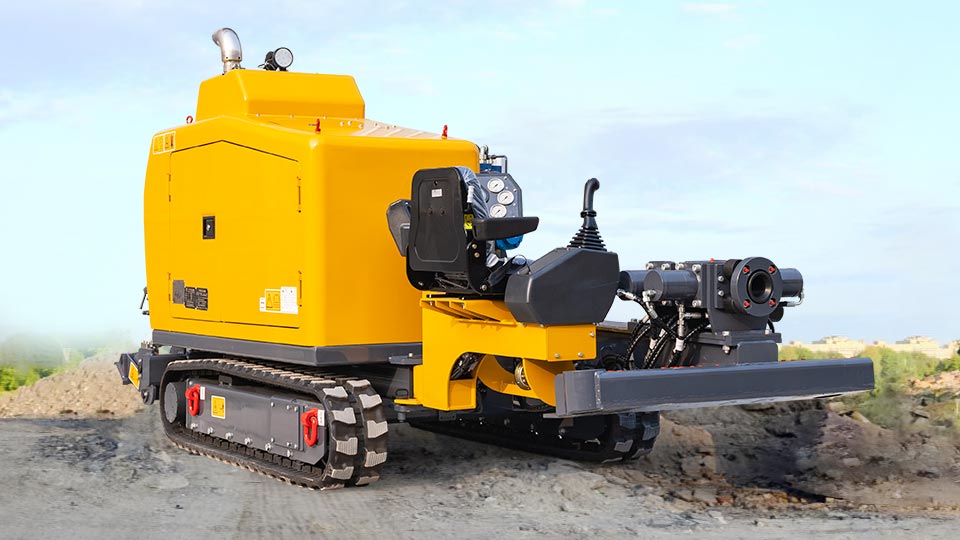
1. Horizontal Directional Drilling: The Ideal Choice for Fiber Optic Cable Drilling
Traditional open-cut installation methods are not only costly but also cause damage to urban roads and ecosystems. In contrast, HDD technology enables fiber optic cable drilling with minimal ground disruption, making it particularly suitable for deploying fiber optic networks in cities, highways, and environmentally sensitive areas.
HDD equipment uses advanced guidance systems to perform curved underground drilling, ensuring the accuracy of fiber optic cable drilling paths. This trenchless technology significantly reduces construction risks while improving efficiency, making it a core solution for modern communication infrastructure projects.
2. Key Technical Advantages of Fiber Optic Cable Drilling
(1) High-Precision Guidance, Minimizing Errors
HDD employs advanced positioning systems (such as GPS or gyroscopic steering) to ensure the fiber optic cable drilling path meets design specifications, avoiding deviations or damage to existing underground utilities.
(2) Adaptability to Complex Geological Conditions
Whether in soft soil, rock, or mixed formations, modern HDD equipment can efficiently complete fiber optic cable drilling by adjusting drill bits and mud systems, ensuring smooth project execution.
(3) Eco-Friendly and Cost-Effective
Since no large-scale excavation is required, fiber optic cable drilling minimizes environmental impact and reduces restoration costs, making it ideal for densely populated urban areas and ecologically sensitive zones.
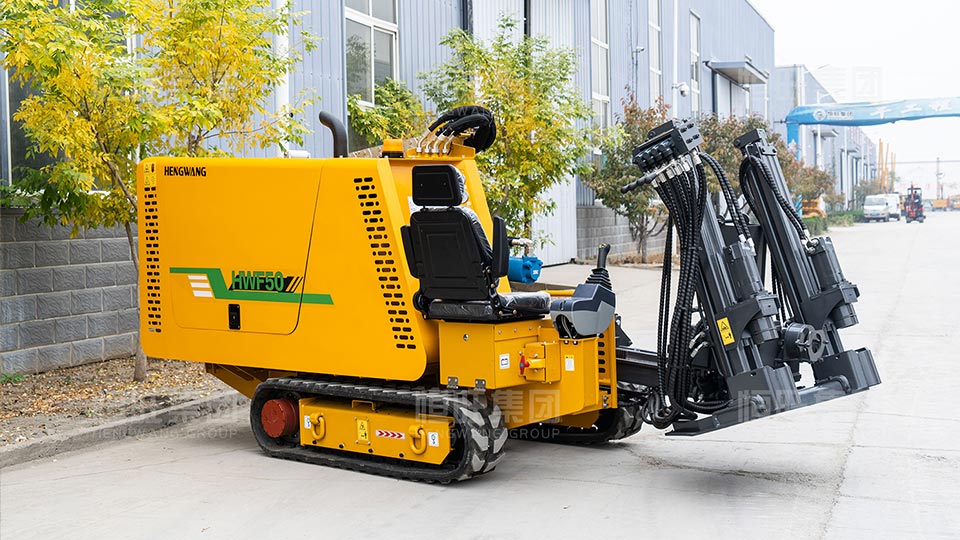
3. Market Applications of Fiber Optic Cable Drilling
With the surge in 5G networks and broadband demand, the global need for fiber optic cable drilling continues to grow. Major applications include:
(1) Urban fiber optic network expansion
(2) Submarine/river-crossing fiber optic cable installation
(3) Rural broadband infrastructure development
(4) Industrial zone dedicated communication networks
4. Future Trends: Smart and Automated Solutions
Future fiber optic cable drilling technology will further integrate AI and automated control systems to achieve:
(1) Real-time data monitoring for optimized drilling parameters
(2) Automated path planning to enhance installation accuracy
(3) Remote operation to reduce manual intervention
Conclusion
Horizontal Directional Drilling provides an efficient, precise, and environmentally friendly solution for fiber optic cable drilling, making it a core technology in modern communication network construction. As smart equipment becomes more widespread, HDD’s role in fiber optic installation will expand further, driving the rapid development of global digital infrastructure.

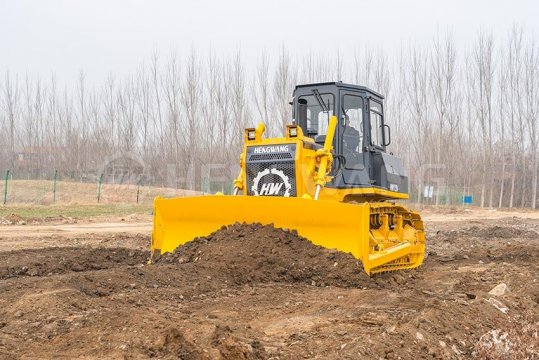 Bulldozer Blade Types: Core Configuration for Adapting to Different Operating Scenarios
Bulldozer Blade Types: Core Configuration for Adapting to Different Operating Scenarios
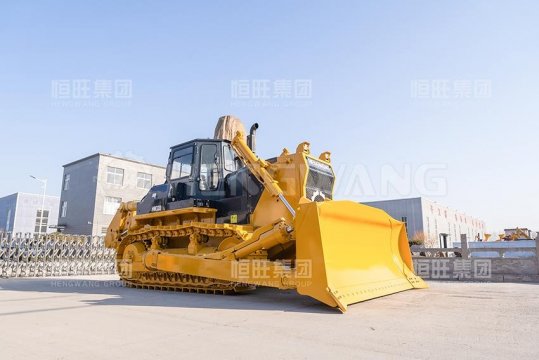 Swamp bulldozer: An Efficient Solution for Operations in Muddy Environments
Swamp bulldozer: An Efficient Solution for Operations in Muddy Environments
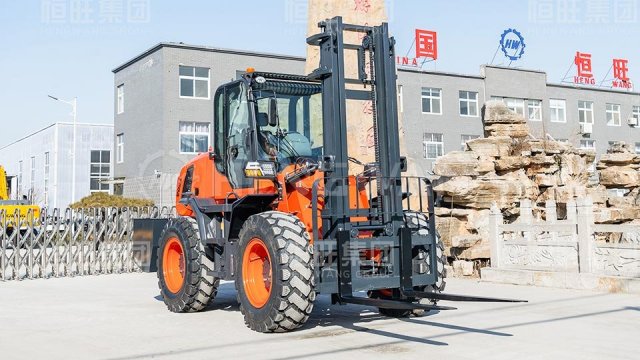 Rough terrain forklift with highest load capacity: A High-performance Solution for Heavy-duty Outdoor Operations
Rough terrain forklift with highest load capacity: A High-performance Solution for Heavy-duty Outdoor Operations